Sixties
City presents
a wide-ranging series of
articles on all aspects of the Sixties, penned by the creator of the iconic
60s music paper Mersey
Beat
|
Sixties
City presents
a wide-ranging series of
articles on all aspects of the Sixties, penned by the creator of the iconic
60s music paper Mersey
Beat
|
|||||
|
| 'The
Saints' is a traditional American number, more commonly known as 'The Saints
Go Marching In', which was popularised by jazz bands. Tony Sheridan sang
lead vocals on the song when The Beatles backed him (as 'The Beat Brothers')
at the Polydor recording session at the Friedrich Ebert Halle in Hamburg
in June 1961. It was not an uncommon number for a rock ‘n’ roll band to play and Bill Haley & The Comets had actually reached No.5 in the British charts with their version of the number, 'The Saints Rock ‘n Roll' in 1956. Sheridan also chose the number because it had been the signature tune for the Norwich skiffle group he’d led called 'The Saints'. This particular recording has been released on many singles and albums over the years, although it is generally issued as the flipside of 'My Bonnie'. When Paul McCartney began learning to play the trumpet at the age of fourteen, it was the only number he actually managed to master before deciding to abandon the instrument. This was primarily because it develops a muscle on the lip and Paul said: “I only got as far as learning 'The Saints Go Marching In' before I got fed up with it. It used to hurt my lip and I didn’t fancy the thought of walking around like a beat-up boxer, so I decided to buy myself a guitar”. John Lennon was to say: “Paul had bought a trumpet and had this wild theory that he’d actually learned how to play the oldie 'When The Saints Go Marching In'. He just blew away as hard as he could, drowning out everything we were trying to do. He thought he was doing a great job on the tune, but we didn’t recognise any of it! We were also starting to get going on the vocal side and that upset Paul. He found that he couldn’t play trumpet and sing at the same time”. |
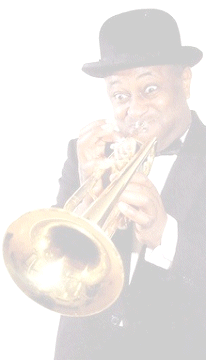 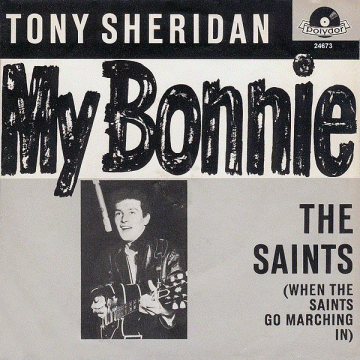 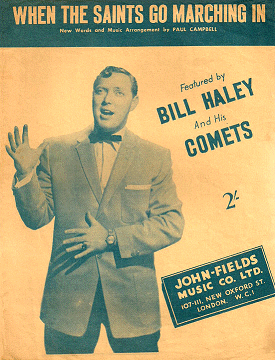 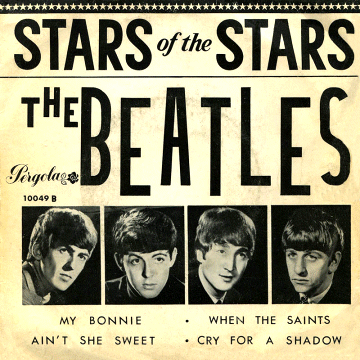 |
|
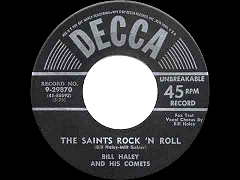 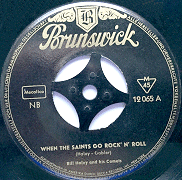 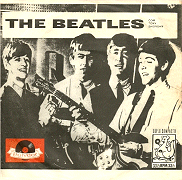 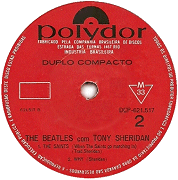 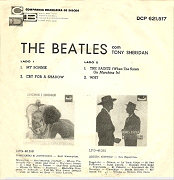 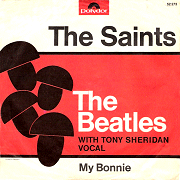 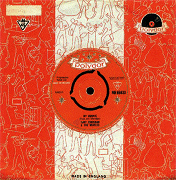 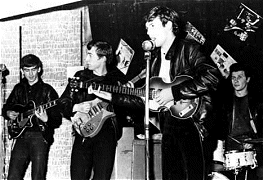 |
||
|
Article
Text
UK
web hosting by
|